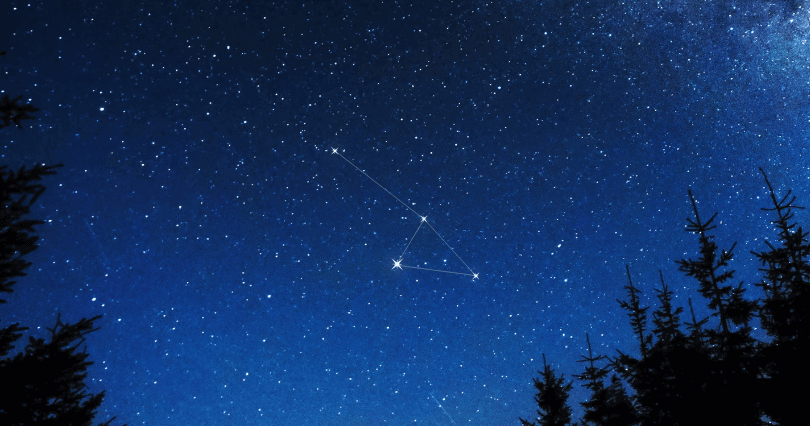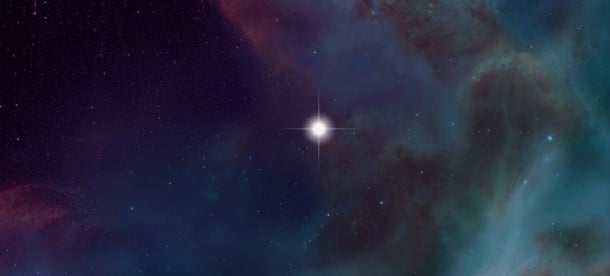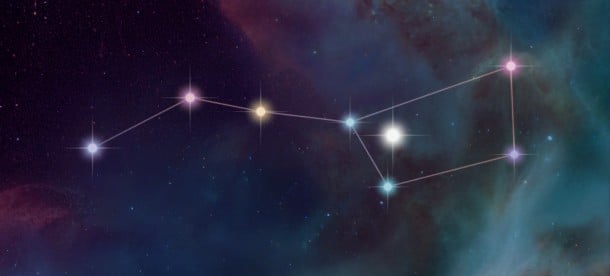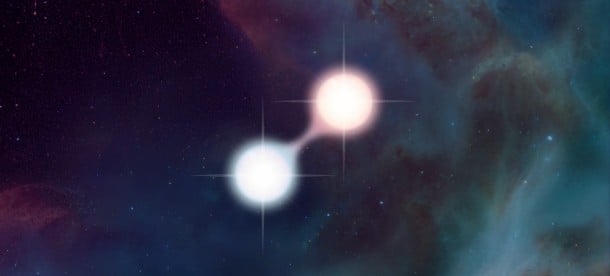Camelopardalis Constellation

Camelopardalis constellation is located in the northern hemisphere and is a Latin derivation of the Greek word for “giraffe.” Camelopardalis also means both camel and leopard, and therefore the giraffe was called the camel-leopard because it had a long neck with body spots (marks that are connected with both animals). The constellation was created by Dutch astronomer Petrus Plancius and German astronomer Jakob Bartsch in 1624.
How to spot Camelopardalis constellation?
The constellation can be seen throughout all year in the northern hemisphere, and locating it should not be that hard. The only problem is the fact that the stars that are part of this constellation are not that bright like it is the case with the neighbor constellations.
One of the easiest ways is to locate the Ursa Major in the night sky, then tracing from the tip of the “spoon” directly outwards towards the head of the bear. The next step will be to locate Cassiopeia on the other side of the night sky – just look for a W shaped constellation, and you will find Camelopardalis directly between them. The major three stars of this constellation are shaped like the animal giraffe.
Camelopardalis belongs to the Ursa Major family of constellations, along with Bootes, Canes Venatici, Coma Berenices, Corona Borealis, Draco, Leo Minor, Lynx, Ursa Minor, and Ursa Major.
Mythology of the Camelopardalis Constellation
There is no real mythology connected to Camelopardalis, since it is considered for a constellation in the 17th century, and was not part of the 48 then-known constellations that was discovered by Ptolemy. The stars in this constellation are not that bright, and the Greeks considered this area to be empty – they saw it as a desert.
Although there is no mythology story behind this constellation, its Latin origin could be connected to the twelve labors of Hercules (because of long-necked animals with leopard spots) The name Camelopardalis could be a reference to the book of Genesis in the Bible. a theory in which Jacob Bartsch described the constellation as a camel on which Rebecca rode into Canaan. The problem that made this theory not considered is the fact that Camelopardalis represents a giraffe, not a camel.
Major stars in Camelopardalis Constellation
Camelopardalis is the 18th largest constellation in the night sky and it is located in the second quadrant of the northern hemisphere. Camelopardalis has three stars with known planets and no Messier objects. The brightest star of this constellation is called Beta Camelopardalis. There is only one meteor shower associated with this constellation - The October Camelopardalids.
-
β Camelopardalis (Beta Camelopardalis) - Beta Camelopardalis is the brightest star in the constellation, and it is 1,000 light-years distant.
-
CS Camelopardalis
-
Σ 1694 Camelopardalis (Sigma 1694 Camelopardalis, Struve 1694)
Choose your package
-
Lifetime Entry in Star Catalog
-
Guaranteed visible from your location
-
Star Finder app access


-
Free & express shipping available
-
PDF Emailed in Seconds
-
Everything from a Standard Star package
-
Choose a Star Constellation
-
Easier to find in the Sky




-
Free & express shipping available
-
PDF Emailed in Seconds
-
Everything from a Standard Star package
-
Name Two Stars together
-
Extra bright and Unique 2-Star Pair






-
Free & express shipping available
-
PDF Emailed in Seconds



